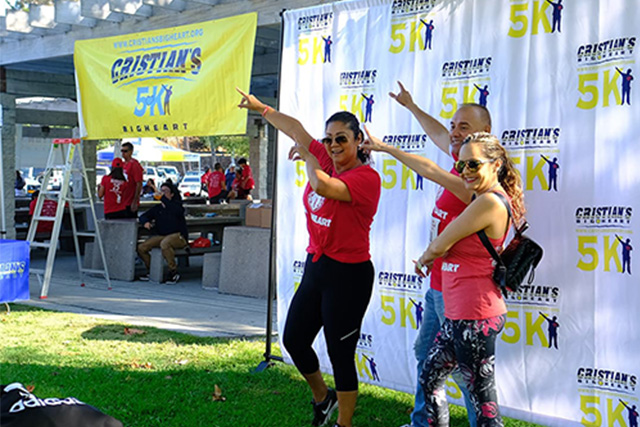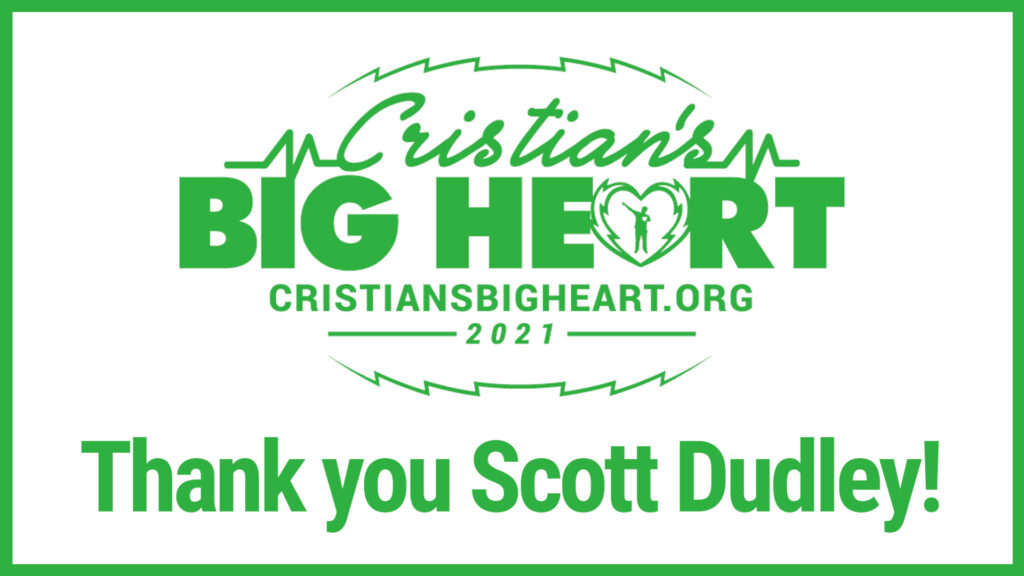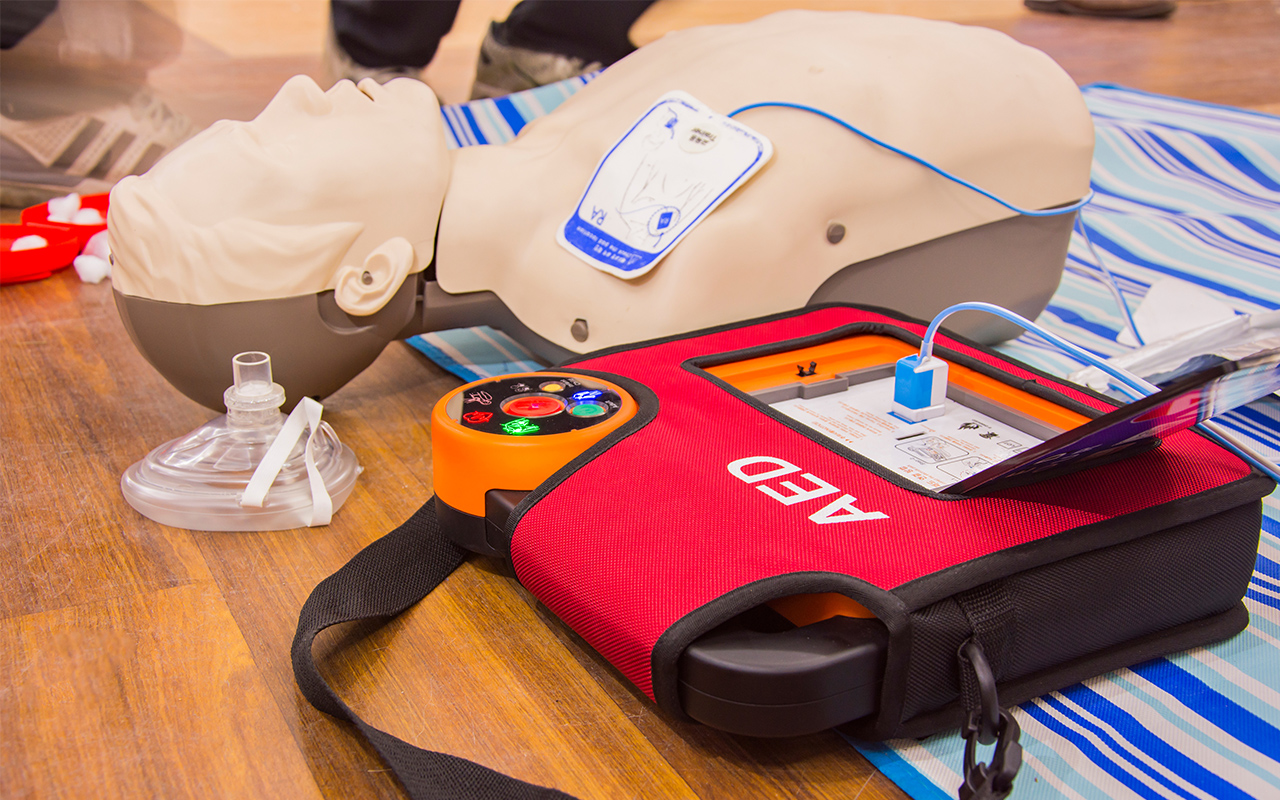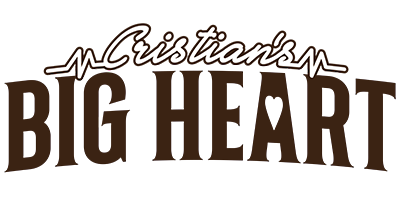What Every Parent Needs to Know
What Is an AED? the role of defibrillation during sudden cardiac arrest
For those who work in the medical field or maybe a witness to an individual experiencing sudden cardiac arrest, it is essential to understand the role of defibrillation and have knowledge of Automated External Defibrillators (AEDs). When someone’s heart stops beating, time becomes critical – every second counts. AEDs can act as life-saving devices when quickly used on individuals suffering from sudden cardiac arrest, delivering an electric shock that attempts to restore normal rhythm within the heart muscle. In this post, you will learn more about what an AED is and its essential role in administering effective care for someone who has gone into sudden cardiac arrest.
What are the signs of sudden cardiac arrest?
Sudden cardiac arrest is a life-threatening condition and has few warning signs. It is a type of cardiopulmonary arrest caused by an electrical malfunction in the heart. As its name suggests, sudden cardiac arrest can occur without prior symptoms. Common signs include loss of consciousness or responsiveness, gasping for air, chest pain, and rapid and arrhythmic heartbeat.
More Signs of sudden cardiac arrest include unresponsiveness, difficulty breathing, and no pulse. As key differences exist, it is essential to differentiate between cardiac arrest and a heart attack. Cardiac arrest typically occurs when an electrical irregularity in the heart causes it to stop beating suddenly. In contrast, a heart attack is caused by a lack of blood flow due to clogged arteries blocking oxygen-rich blood from reaching the heart muscle. Regardless of the cause, AEDs can help restore normal rhythm and significantly increase the chance of survival if used early during cardiac arrest.
Who is at risk for sudden cardiac arrest?
Sudden cardiac arrest is a frightening medical condition that can affect anyone, regardless of age or fitness level. The most common cause of cardiac arrest is arrhythmia, an issue with the heart’s rhythm, which a number of factors can cause. People at higher risk include those with known underlying issues and certain conditions such as coronary disease and cardiomyopathy or thickening of the heart walls. Teens are also vulnerable to certain types of sudden cardiac arrests due to issues like long QT syndrome or Wolff-Parkinson-White syndrome. In these cases, death from cardiopulmonary arrest can be swift, so any potentially affected individuals need to receive accurate testing in order to identify any risks before an incident occurs.
How to prevent sudden cardiac arrest
Sudden cardiac arrest can be a potentially fatal event, but there are some preventative measures that can improve your chances of surviving it. One of the most effective methods is defibrillation of the heart by using an AED (Automated External Defibrillator). AEDs quickly analyze and detect the condition of the heart before delivering a defibrillating current to restore normal heart rhythm. This technology has saved countless lives, making it an incredibly effective tool for preventing sudden cardiac arrest.
Moreover, regular medical checkups, heart screenings, and lifestyle modifications such as reducing stress, eating healthy, and exercising regularly contribute significantly to avoiding this syndrome. Though these steps alone cannot guarantee complete immunity from sudden cardiac arrest, they remain our best bet at prevention.
What is an AED, and what does it do
An AED (Automated External Defibrillator) is a device used in emergencies that delivers a shock to a patient suffering from cardiac arrest to restore their normal heart rhythm. AEDs are lightweight and portable and can be easily operated by anyone in a very short amount of time. They are designed with LED instructions that guide the user step-by-step, making them a great, easy-to-use tool when faced with an emergency.
AEDs are very reliable and can help save a life when used quickly since they reduce the likelihood of a fatal heart rhythm. With their technology constantly improving, they have been proven to help increase survival rates by restoring the normal function of a patient’s heart in a matter of minutes.
The role of an AED during sudden cardiac arrest
Cardiac arrest is severe and requires immediate attention. An Automated External Defibrillator (AED) plays a vital role in cardiac arrest. It is a device used to diagnose cardiac arrhythmias and ultimately can deliver an electrical shock if necessary. AEDs are located in public places frequented by many people, such as airports, malls, and hospitals. This is so the AED can be quickly accessed and used to provide medical aid before emergency medical personnel arrive on the scene.
AEDs are easy to use and contain audio instructions, so even bystanders with minimal medical skills can intervene in cardiac arrest situations until medical help arrives. The availability of AEDs has helped broaden the scope of cardiac care available to those who suffer cardiac arrest – it could be the difference between life and death!
How to use an AED in the event of sudden cardiac arrest
Knowing how to operate an AED machine can be a life-saving skill in the event of cardiac arrest. When cardiac arrest occurs, every second counts to restore the heart’s rhythm and start supplying blood with oxygen to vital organs. An automated external defibrillator (AED) is a portable device designed to respond rapidly and accurately during cardiac emergencies. Operating an AED is straightforward – once it is turned on, it guides the user step-by-step throughout the procedure. It will ask if a shock is needed after analyzing cardiac rhythms, instructing removal of clothing from the chest area, and ensuring observers are clear from the site before delivering a shock. After the shock has been administered, rescue breathing and CPR should continue until paramedics arrive. Timely use of an AED can potentially save a person’s life, but ideally, knowledge of first aid should accompany its usage.
The benefits of early CPR and defibrillation during sudden cardiac arrest
Early Cardiopulmonary Resuscitation (CPR) and defibrillation are essential in increasing the survival chances of young teens with sudden cardiac arrest. Time is a crucial factor when it comes to preventing cardiac arrest, so administering CPR and utilizing an AED (automated external defibrillator) as soon as possible is always recommended. Studies have shown that people under 30 have far more successful resuscitations if CPR and defibrillation are implemented within five minutes of the onset of cardiac arrest.
Early CPR and defibrillation are critical components of saving young teens and adults during sudden cardiac arrest. The American Heart Association states that prompt action, with bystander CPR within 5 minutes of a cardiac arrest event, can double or even triple an individual’s chances of survival. In addition, providing prompt access to automated external defibrillators (AED) plays a significant role in helping young people who have gone into cardiac arrest. As time is essential for a successful outcome, early access to AEDs is critical to giving young people the best chance of surviving a sudden event. It is also noteworthy that young people who have received timely CPR and defibrillation treatment could maintain a long-term survival rate with good quality of life.
Importance of having an AED in your community
Having an AED in your community is incredibly important. An AED, or Automated External Defibrillator, An AED is recognized as the only form of treatment for sudden cardiac arrest (SCA). Sudden cardiac arrest can happen to anyone, regardless of age or physical health, and it is vital to have an AED nearby since it can be the difference between life and death. While an AED alone is essential, training people to use it correctly is just as important; training programs like CPR certification teach laypeople how to properly administer the shock and perform chest compressions and mouth-to-mouth resuscitation. Having access to both an AED and training within your community will ensure that victims receive the best chance of survival in the case of SCA.
How you can help spread awareness about AEDs and their importance
An automated external defibrillator (AED) is a life-saving portable defibrillator that can be used to provide immediate assistance to someone who has suffered cardiac arrest until medical help arrives. To increase awareness about AEDs and their importance in public spaces, Cristians Big Heart holds events to raise funds for heart checkups in teens. Allowing individuals access to early screening and detection can save hundreds of lives each year and significantly reduce the morbidity and mortality rate associated with sudden heart failure. By joining our efforts or taking the initiative in your own community, you can help spread vital knowledge and awareness about these small lifesavers, bringing us all one step closer to preventing tragic incidents from occurring in our communities.
By understanding the significance of these devices, Cristians Big Heart is helping to make a positive difference in the world. In order to raise funds for heart scans for teens, Cristian’s Big Heart fundraises and hosts special events. We encourage people to join this effort by attending Cristian’s Big Heart’s fundraising and education events so that everyone learns about the power of an AED. By becoming involved with Cristians Big Heart, you can help spread awareness about AEDs and their impact on life-saving efforts.

CRISTIAN'S BIG HEART 2020 RECAP
We are absolutely overwhelmed by all your support for Cristian’s Big Heart 2020 Virtual 5k....

THANK YOU TO OUR 2021 TITLE SPONSOR
Special thanks to Scott Dudley Stirling Financial and their awesome team on becoming this years title sponsor.

What Is an AED? the role of defibrillation during sudden cardiac arrest
For those who work in the medical field or maybe a witness to an individual experiencing sudden cardiac arrest...
